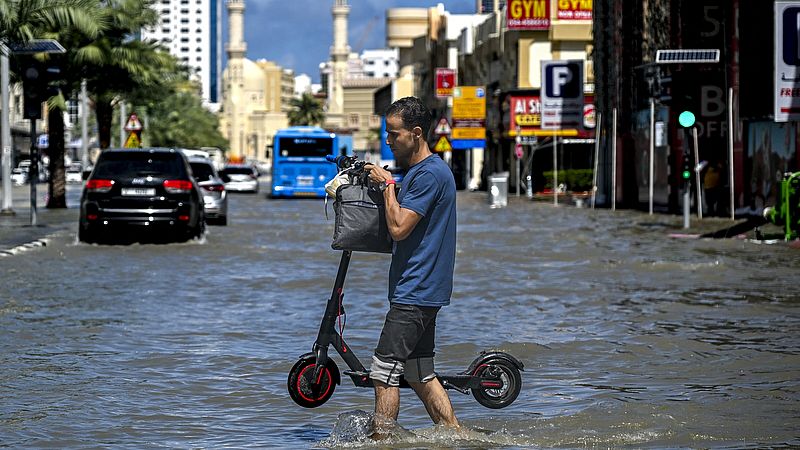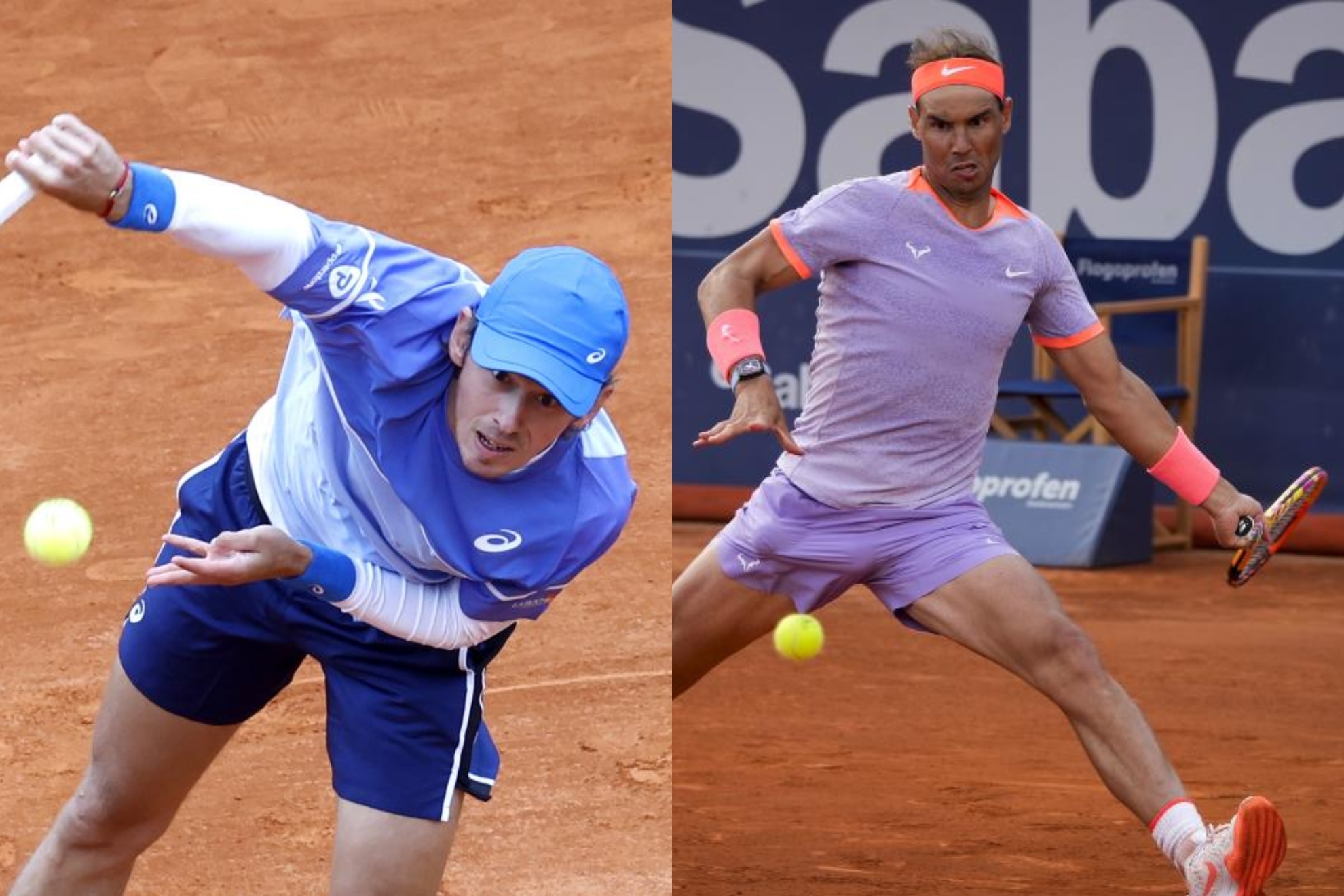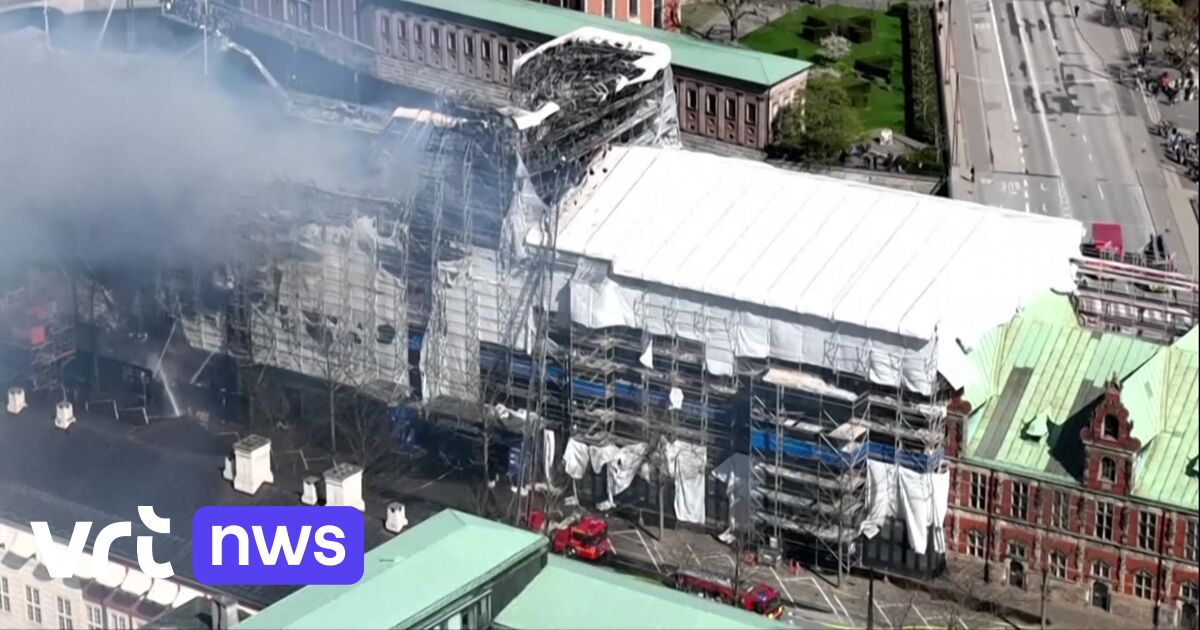Parts of Dubai are flooded due to extreme rainfall. In less than 24 hours, 254 millimeters of rain fell in the country. Cause? ‘Cloud seeding’, a technique used by humans to combat extreme drought with artificial rain.
“There are always unintended effects, for example that there is suddenly way too much rain. Often you don’t actually know what the effect is at all. And that is exactly the problem,” says environmental philosopher at Wageningen University, Bernice Bovenkerk. She is very critical of this artificial technique.
‘Geo-engineering’
The philosopher generally finds ‘cloud seeding’, a form of ‘geo-engineering’ in which certain chemicals that generate water droplets are shot into the air and thus cause rain, problematic. This is because, according to her, you are not solving the cause of the problem, climate change. It is a temporary solution to a problem that continues to grow.
“There are different forms (of ‘geo-engineering’, ed.). You have forms like this where you try to make rain or forms where you try to reflect back incoming sunlight. But this doesn’t actually do anything to the cause doing it.”
also look at
Unexpected effects
Bovenkerk also says that it is not clear what the long-term effects of geo-engineering exactly are. Extreme rainfall, such as in Dubai, is not the goal, but can occur just like other unexpected weather conditions.
“One of the side effects could be that we no longer have so many blue skies. That we very often have gray or white skies. That may seem trivial, but that can be quite problematic for people and can lead to depression, for example. “
Different interests
Another possible disadvantage of climate manipulation is that it can even cause all kinds of geopolitical tensions and can be used for warfare, says Bovenkerk. “You can ensure that it no longer rains at all in the country you are at war with. In this way you ensure that the population no longer has food or cannot grow anything.”
Thus, different countries might have different interests in using ‘geoengineering’. However, the use of this technique is currently poorly monitored. And according to Bovenkerk, this is because it is difficult to advance policy on a global scale.
also look at
‘Doing research is already a risk’
Despite the disadvantages and uncertainties that the technology entails, Bovenkerk understands why some countries that suffer from extreme rain or drought are trying it out. “On the one hand, you could of course say: it is always good to do more research, because then you know what the risks are.”
“But the research itself is a risk, I think, that you will also use it,” she warns.
Collaborate with nature
Nevertheless, the philosopher wants to emphasize that planting trees in a desert, as is currently being done in Dubai, for example, is a better solution. Even if this means that the result will take a long time.
“Those trees will in turn lead to the attraction of rain and humidity. And then you actually work with the system. Then you use weather processes that are already there. And then you essentially let nature solve it itself.”
embed Place this item on your own site
Environmental philosopher warns of dangers of climate manipulation after extreme rainfall in Dubai.
To ask? Ask them!
Do you have any questions or would you like to respond? Send us a message here in our chat. Every Thursday we tell you in the Get Involved newsletter what we do with all the responses. Do you want it in your email? Then register here.


